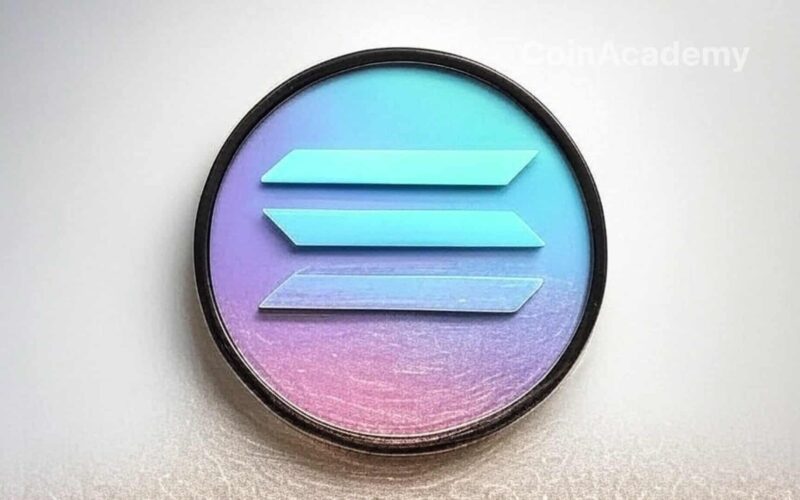Proposal to Change Solana’s Inflation Model Sparks Debate
The Solana network is set to vote on a proposal that could fundamentally transform its monetary policy. The Solana Improvement Document 228 (SIMD-228) aims to replace the current fixed inflation model with a dynamic emission mechanism adjusted to the market. This proposal has divided the ecosystem, with supporters believing it will make the network stronger and critics expressing concerns about the viability of small validators.
A Fundamental Change in Solana’s Tokenomics
Solana currently has a fixed inflation rate of 4.6% per year, decreasing annually by 15% until reaching a floor of 1.5%. SIMD-228 suggests linking the emission of new SOL tokens to the staking rate. If the number of staked SOL is low, the issuance of new tokens would increase to incentivize staking. Conversely, if staking is high, rewards would decrease, thus reducing inflation.
Direct Impact on Validators and Investors
This model introduces flexibility in network security, preventing excessive compensation for validators when staking is already high. In theory, this could make SOL scarcer and potentially more valuable, attracting long-term investors. However, the consequences for validators and stakers, especially smaller ones, remain uncertain. If inflation decreases significantly when staking is high, securing the network may become economically unviable for smaller actors.
A Heated Debate in the Solana Ecosystem
The proposal has sparked a debate within the Solana ecosystem. Anatoly Yakovenko and Mert Mumtaz support SIMD-228, while Lily Liu expresses concerns about its effects on institutional investors. Liu calls for further reflection, considering the proposal “too half-baked.” The authors of SIMD-228 defend their work, stating that it has undergone nearly two months of discussions and adjustments to meet the network’s evolving needs.
A Crucial Vote for Solana’s Economic Future
The vote on SIMD-228 is expected to take place during epoch 753, which may start this weekend. Its adoption or rejection will be a decisive moment for the future of Solana’s tokenomics and its attractiveness to investors and validators. As Solana continues to grow and attract more projects and users, the question of a sustainable economic model remains a key concern. While SIMD-228 attempts to adapt to market dynamics, its long-term impact remains uncertain.




